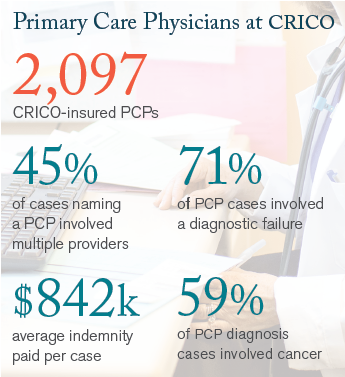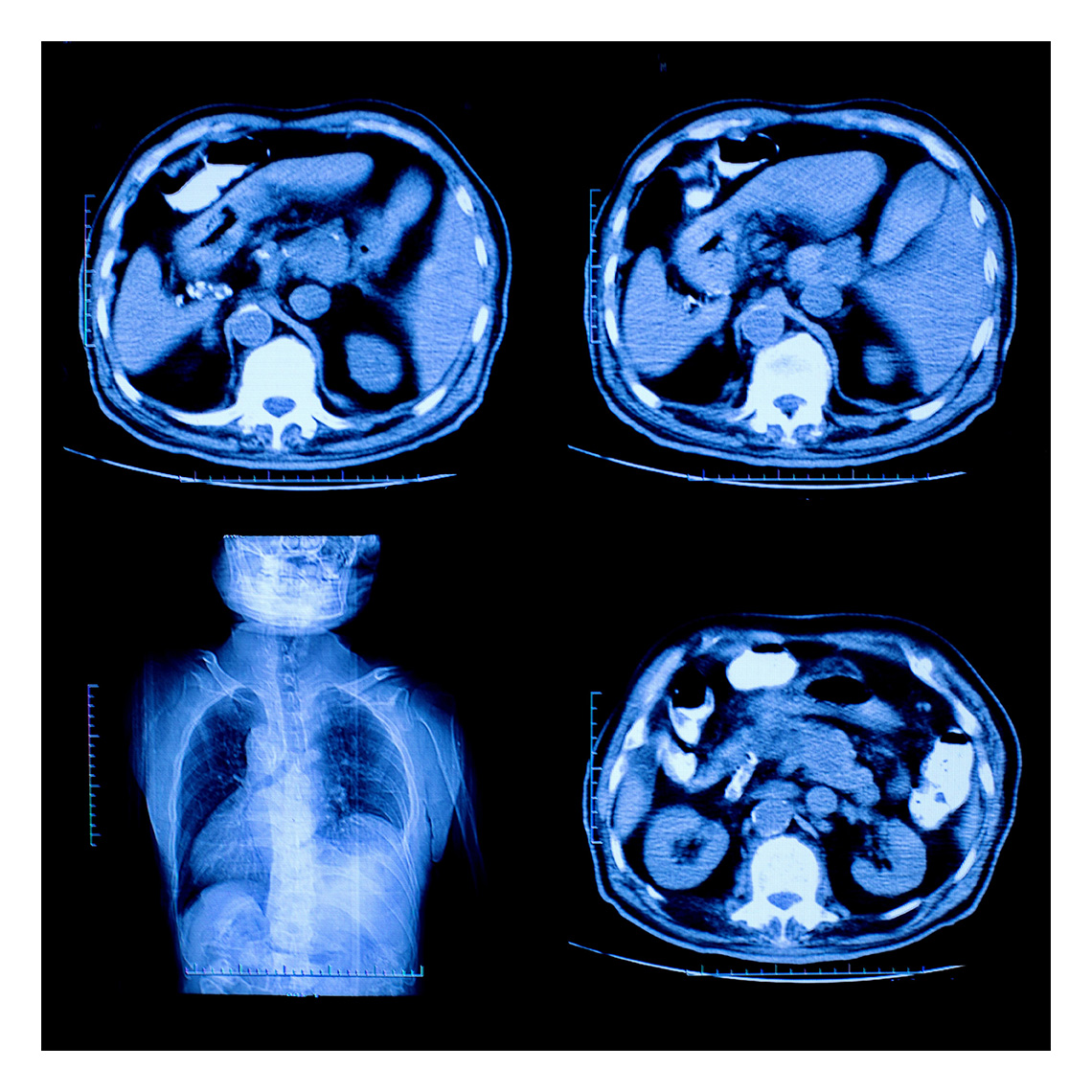Newsletter
The Future of Primary Care: View from the Front Lines
Dec 19, 2014

 It is a time of great challenge and opportunity in primary care. I have the privilege to work both at the front lines of our health care system, as a primary care physician in a busy academic internal medicine practice, and in a position focused on systems and educational redesign and policy, as the Co-Director of the Harvard Medical School Center for Primary Care (the Center).
It is a time of great challenge and opportunity in primary care. I have the privilege to work both at the front lines of our health care system, as a primary care physician in a busy academic internal medicine practice, and in a position focused on systems and educational redesign and policy, as the Co-Director of the Harvard Medical School Center for Primary Care (the Center).
On the front lines, while I experience many rewarding interactions with patients, staff, and other providers, I also experience frequent frustration. My clinical sessions are filled with challenging cases that are complex from a medical and psychosocial perspective. These are the patients who drew me to medicine—but to effectively care for them, resources (time, support staff, information technology systems) must be in place. Instead, I find myself spending too much time on documentation and administrative tasks to build inter-personal relationships or conduct the reading and thinking that allow for complex diagnoses and management plans. I constantly feel at risk of missing something that could have harmful consequences for one of my patients. I worry about burning out.
Patient-Centered Medical Homes
In my work at the Center, I am fortunate to envision a primary care experience that is radically different, and much better, for patients, providers, and staff. Much has been written, not all of it supportive, about patient-centered medical homes (PCMHs). This dialogue and analysis are necessary, but can also be a distraction from common sense. When patients are facing a shortage of access to primary care, it is profoundly wasteful to have highly-trained and expensive medical doctors performing basic administrative tasks or following simple algorithms. We need to work together to leverage the time and expertise of all members of a high-functioning team, including practice assistants, medical assistants, nurses, pharmacists, and others. Innovations in information technology have revolutionized other industries, dramatically altering how people work, communicate, manage, and analyze. We should figure out how to use IT to proactively manage populations of people or ensure that patients get basic recommended preventive and chronic disease care. And, we should allow patients to communicate with their physicians in new ways outside of the doctor’s office, to ensure nothing about patients’ care falls through the cracks.
Most evaluations of the PCMH have taken a narrow, short-term view, to assess how a specific intervention (such as achieving National Center for Quality Assurance certification) impacts the quality and total cost of care. Looking through this narrow lens, we see that while not all PCMHs are created equal, most are at least as good as the current state of care delivery, and many are better. Several studies have found that high-functioning PCMHs deliver equal or better quality of care at equal or lower cost. In the short-term, the impact on cost is most likely due to a decrease in hospitalizations among the small percentage of highly complex patients who are frequently hospitalized. Traditionally, these patients account for a vastly disproportionate amount of overall health care expenditure.
Does it work?
Still, assessing whether the PCMH “works” or “doesn’t work” is not particularly helpful at this time. We know from population-level studies that areas with more robust primary care have better health outcomes at lower cost. We might instead ask questions like: how do we create high-functioning systems of care that serve patients exceptionally well in the ways people want to be cared for? How do we build and sustain a high degree of quality, safety and reliability in primary care? How do we make the work joyful and sustainable for providers and staff?
Given the workload and complexity of primary care, there is no way to deliver on this promise unless we figure out how to work well with teams and use IT systems in new ways. Our patient should be considered the most important member of our team. Our patients spend the vast majority of their time out of our offices; their actions have much greater impact on their health than any medicine we can prescribe, and are almost completely outside of our control.
Academic Innovations Collaborative
At the Center, we have had the privilege of beginning a journey towards high-performing, team-based care through our Academic Innovations Collaborative (AIC). The AIC is a partnership of 20 primary care practices associated with the six major HMS affiliate hospitals (Brigham and Women’s Hospital, Beth Israel Deaconess Medical Center, Boston Children’s Hospital, Cambridge Health Alliance, Massachusetts General Hospital, and Mount Auburn Hospital). With the assistance of the non-profit organizations, the Institute for Healthcare Improvement (IHI) and Qualis Health, we designed and implemented a two-year learning collaborative that focused on building teams, engaging patients, and building capacity for managing clinic populations to improve chronic disease and preventive care.
While making significant improvements in all participating practices, we learned important lessons. We learned that engaged and effective leadership at every level is critical, from the front line clinical teams to the hospital’s C-suite. We also learned that this complex transformation process is not linear. Clinics were able to make great leaps forward after important organizational interventions such as a reorganization of reporting structures or a change in leadership. And, we learned that the voice of patients can be particularly powerful in helping providers and staff understand the types of changes needed and the urgency for making them.
Looking Ahead
Going forward, we are delighted to welcome two Atrius Health practices. The next phase of the AIC will be focused on building systems to deliver care that is Comprehensive, Accessible, highly Reliable, Exceptional and Safe. The AIC CARES Collaborative will continue to focus on building high-performing teams, and use the existing team-based platform to create highly reliable systems for ensuring early and accurate diagnosis of important conditions. The Collaborative will tackle important issues like breast and colorectal cancer (CRC) in adults, developmental delay in children, and caring for patients of all ages with complex care needs. It will be critical in this phase to begin to focus on how our primary care teams can best integrate with the broader systems in which they work. We will pay particular attention to IT systems and specialists, such as gastroenterologists in the case of CRC prevention.
Through our work, we have a better understanding of the challenges primary care providers face on the front lines, and are helping develop teams and systems that will alleviate these challenges. This work will allow us to re-focus on why we went into health care in the first place—to provide exceptional, safe, relationship-centered care for our patients and families. I am convinced that learning how to work on high-functioning teams and using well-designed IT in new ways is critical to getting there, and that doing so will restore the joy and meaning we crave.
Andrew L. Ellner, MD is Associate Physician in the Division of Global Health Equity at Brigham and Women’s Hospital and a primary care physician at the Phyllis Jen Center for Primary Care. He is also Co-Director at the Harvard Medical School Center for Primary Care.
This page is an excerpt of a full issue of Insight.
CME: The Massachusetts Board of Registration in Medicine has endorsed each complete issue of Insights or 30-minutes of podcast episodes as suitable for 0.5 hours of Risk Management Category 1 Study in Massachusetts. You should keep track of these credits the same way you track your Category 2 credits.Recent Issues
5 Topics to Brave in 2024, CRICO Insurance Program Restructuring, and more...


Top Reads, Dropped Cases, and more...

Safer Breast Care, Culling Bad Claims, Pt Safety Research, & more...

Clinician Burnout, Patient Safety Research, & more...
How Does Work Environment Relate to Diagnostic Quality? A Prospective, Mixed Methods Study in Primary Care

Ambulatory Safety Nets: Protecting Providers and Promoting Safety with Systems to Reduce Delayed Cancer Diagnoses
Developing a Framework and Electronic Tool for Communicating Diagnostic Uncertainty in Primary Care: A Qualitative Study

